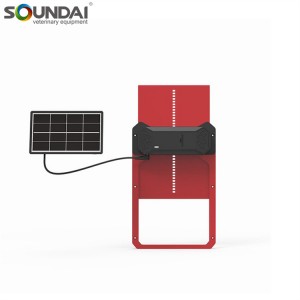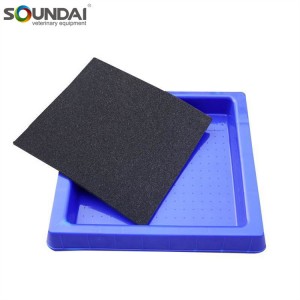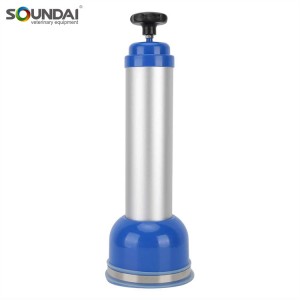Description
Produced using imported nylon raw materials, with a tensile test of 890kg, it will not break, and the contact area between the cow nose ring and the cow nose will not become inflamed or infected. The weight of the cow nose ring itself is very light, and it will not cause harm to the cow.
Dairy cows wearing nose rings are a common practice in farming and ranching for a number of reasons. The main reason is to help with the handling and management of animals. Cattle, especially in large herds, can be difficult to control and maneuver due to their large size and sometimes stubbornness. Nose rings offer a practical solution to this challenge. Nose ring placement is done carefully on the cow's nasal septum, where the nerves are most concentrated.



When a rope or leash is attached to the nose ring and light pressure is applied, it causes discomfort or pain to the cow, prompting it to move in the desired direction. This method is commonly used in livestock, transportation and veterinary procedures. In addition to aiding handling, nose rings also serve as visual identifiers for individual cows. Each cow can be assigned a specific colored tag or ring, making it easier for ranchers to identify and track animals in the herd. This identification system is especially useful when multiple herds are grazing together or during cattle auctions. Another benefit of nose rings is that they can help prevent injury. Fence systems often include nose rings to stop cattle from trying to break through or damage the fence. The discomfort caused by the nose ring acts as a deterrent, keeping the animal within the designated area and minimizing the risk of escape or accident. It's worth noting that the use of nose rings is not without controversy, as some animal welfare groups believe it causes unnecessary pain and stress to animals







